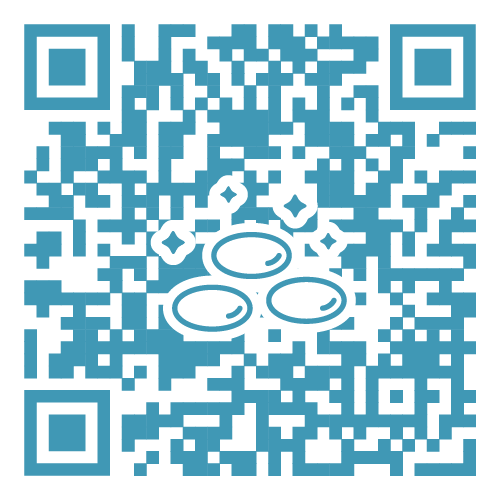In 1962, there were 3,000 dau chung (1 dau chung is equivalent to 7,260 ft2 or 674.47 m2) of paddy fields in villages belonged to Tai O Heung, with an annual output of about 12,000 loads; and there were 1,000 dau chung of vegetable fields, with an annual output of about 19,200 loads. Women in farming families would also help with farming in the fields, cutting and collecting firewood and grass in the mountains. In particular, the grass used for drying boats over a low heat could be sold to fishermen to dry the bottom of their boats for maintenance.
Since the 1960s, rice cultivation in Tai O began to decline, and some farmers changed to grow vegetables and fruits. Later, as Tai O became more accessible, local farmers began to engage in pig raising as a sideline, converting grain-sunning grounds into pigsties and establishing pig farms. At the same time, young people left to work in the urban area, and only the elderly stayed to work in the fields. By the 1980s, all industries, fishery, salt and agriculture, in Tai O had declined, and the local people no longer lived on farming. Many abandoned agricultural lands and salt pans have now become mangroves.
Relics of Salt Pans
(Photo taken in 2021)

In 1960s, rice cultivation in Tai O declined, and some farmers changed to grow vegetables. The time required for growing vegetables is shorter than that for cultivating rice. Vegetables can be harvested faster, and it only takes 30 days before some vegetables can be harvested. Vegetables produced in Tai O include spinach, lettuce, celery, watercress, scallion, sugarcane, radish, papaya, chayote, taro, ginger, etc., and vegetable cultivation technique has been included in the Intangible Cultural Heritage Inventory of Hong Kong.
Try pairing the names of the vegetables with their respective pictures and match each vegetable with its maturation period (high-yield period).
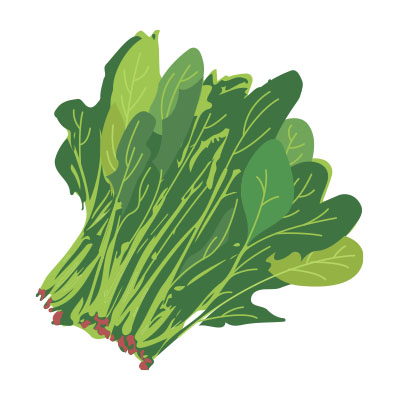

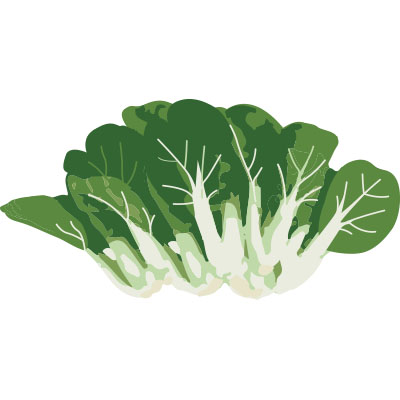
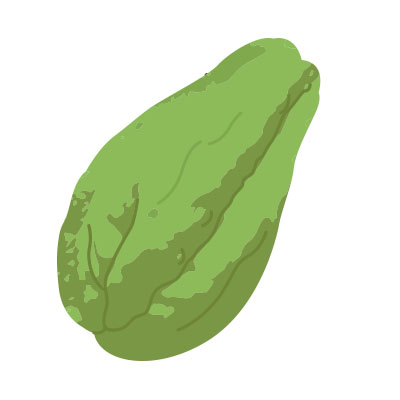
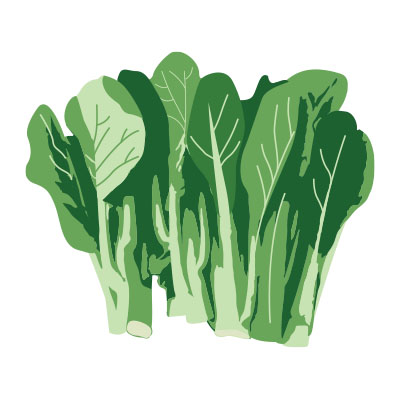
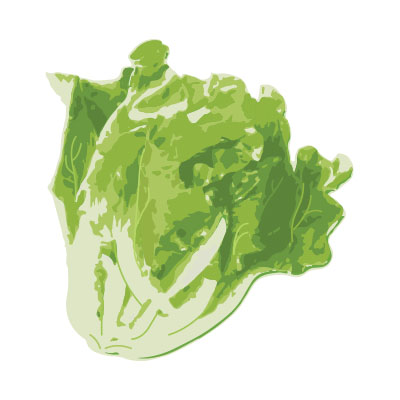
Tai O used to be famous for salt production, but there were also agricultural activities in the area. Which plots of lands do you think were once old salt pans and agricultural lands?
It is actually noted from the Tai O Now and Then at below that there was only one piece of agricultural land, while the rest are relics of salt pans. The mangroves in the photo were once a salt pan abounded in sea salt.
Relics of Salt Pans
(Photo taken in 2021)

©The Government of the Hong Kong SAR Reference no. G9 /2022
Aerial Photo taken in 2021 from Lands Department
©The Government of the Hong Kong SAR Reference no. G14 /2022
Salted Egg Yolk: “I’m Brother Egg Yolk from Tai O. Yesterday, I went to a rural market in the urban area with the landlady to teach other salted duck eggs how to upgrade themselves to make excellent salted egg yolks with the most beautiful orange colour like me. Of course, my great grandparents were even better, not only because they were from eggs of local ducks raised by farmers in Tai O, but also the sea salt used to marinate them was produced in Tai O. They were therefore 100% local authentic salted eggs yolks. But salted egg yolks nowadays like myself are still not bad. The landlady would massage salt all over us with her ancestral technique and let us bask in the sun at the Pang Tau^ of her stilt house in Tai O for the best quality. Unlike our fat brothers in the urban area, they are filled with useless egg white. I’m a little curious though. Why only salted egg yolks are produced in Tai O? Where does the egg white go? I secretly asked the landlady who used to be a fisherman in Tai O. She glared at me and said that if I said one more word, she would raise my rent. And then she left without looking back or answering my question.”
Landlady: “In fact, in the past, we fishermen would buy duck eggs for repairing fishing nets. Duck egg white is very viscous. We would apply a layer of duck egg white to fishing nets and then soak them in boiling water to strengthen them. We didn’t want to waste the egg yolks. Seeing that we had much salt in Tai O, we came up with the idea to make them into salted egg yolks. This boy has always been proud of his cultural identity as a salted egg yolk from Tai O and thought he was unique from salted duck eggs made elsewhere. If I let him know that fishermen bought duck eggs for the egg white instead of the egg yolks and that his ancestors were just upcycled waste, I’m afraid that he won’t be able to accept the truth and will jump from the Pang Tau. That was why I didn’t answer him yesterday. All of you please don’t tell him either. I don’t want him to be devastated.”
^“Pang Tau” is the extended part of stilt houses. It is ventilated on three sides. Fishermen weaved fish nets and dry salted fish at Pang Tau.
Tai O salted egg yolks
(Photo taken in 2021)

You are welcome to apply the AR filter in your phone to interact with items in virtual farmyard stories from real world scenarios. Immerse in the stories for best cultural experience!
Scan the QR code on website with your phone to turn on the AR filter in Instagram. Take interesting photos between virtuality and reality.



